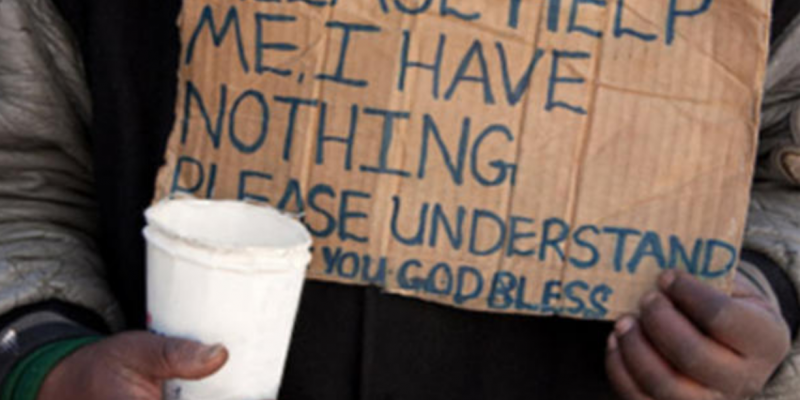Of the top 25 most populous metropolitan statistical areas (MSAs) in the U.S., San Antonio surpassed Detroit in having the highest percentage of people living in poverty, according to U.S. Census data. Houston ranked third highest.
The U.S. Census Bureau releases state- and local-level data on poverty, income, health insurance, and 40 other categories annually through its American Community Survey. The most recent report is based on 2018 figures.
According to Census Bureau guidelines, the poverty threshold for a family of four is $25,701 in 2018.
“This information provides an important tool for communities to make data-driven decisions, assess the past, and plan for the future,” Census Bureau American Community Survey Office Chief Donna Daily said in a statement.
In 2017, Detroit held the highest poverty level, with San Antonio not far behind.
According to the survey, San Antonio’s poverty rate increased by 0.9 percent since 2017, the highest increase of the 25 MSAs analyzed. This translates to 15.4 percent – or 381,584 residents – living in the San Antonio-New Braunfels MSA at or below the poverty line.
About 15.5 percent of households relied on food stamps in 2018; more than 10 percent of households reported incomes of less than $10,000 a year.
The Houston MSA, which includes Sugar Land and The Woodlands, ranked third with 14.3 percent of its residents living below the poverty line.
Comparatively, the national average was 13.1 percent living below the poverty line in 2018, an improvement from 13.4 percent in 2017.
The survey breaks down poverty according to racial and ethnic categories. In the San Antonio-New Braunfels MSA, 19.22 percent of roughly 1.38 million Hispanic and Latino residents lived below the poverty level in 2018.
The next largest group included 168,000 black residents at 16.9 percent, followed by 16.7 percent of approximately 64,511 Asians, and 9.15 percent of non-Hispanic white residents. Statistics for American Indian and Alaska natives were unavailable.
Texas kept its ranking of having the highest rate of uninsured individuals in the U.S. In 2017, 17.3 percent of Texans had no health insurance coverage, which increased to 17.7 in 2018 – roughly double the national rate of 8.5 percent, according to Census data. About 15.5 percent of the San Antonio-New Braunfels MSA population was uninsured in 2018.
While its poverty rate climbed, San Antonio-New Braunfels MSA median income declined with the average household seeing a loss in buying power of more than $2,000 in one year. A household income of $54,149 in September 2018 had the same buying power as $52,943.49 in September 2017, according to the consumer price index inflation calculator.
Median income rose nationally by 0.8 percent between 2017 and 2018, while median income in Bexar County dropped and remained below the state’s 2018 median income of $60,629 by at least $5,000.
Despite widespread opposition from the community and local business leaders, San Antonio’s City Council voted 10-1 to approve the city’s Climate Action and Adaptation Plan (CAAP). The Texas Public Policy Foundation (TPPF) calculates that once implemented, CAAP will increase the average San Antonio family’s electricity costs by more than $1,000 a year and hurt the poorest residents the most.
The program proposes converting the municipal electric provider, CPS Energy, to 100 percent renewable power, while also promoting the use of electric vehicles and imposing zero-carbon building regulations. According to the American Community Survey, 79 percent of residents drive to work alone in their car; 11 percent carpool and 3 percent use public transportation.
This article was first published by The Center Square.
Advertisement
Advertisement

